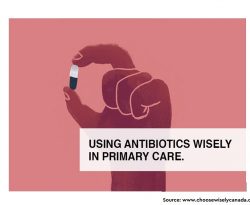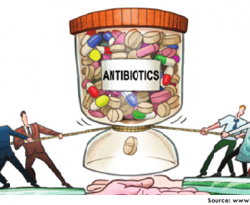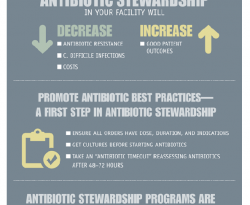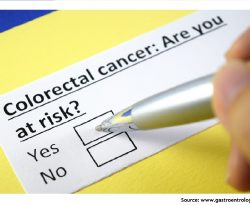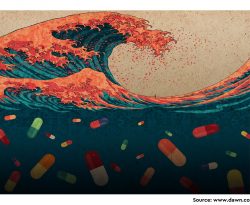Antimicrobial Stewardship in Rural and Remote Primary Health Care: A Narrative Review
Antimicrobial resistance (AMR) is an emerging public health problem worldwide and a significant threat to mankind. Along with different initiatives to combat AMR, antimicrobial stewardship programmes (AMSP) are being implemented globally, especially in hospital settings. Various study reveals that the AMSP in primary health care (PHC) is not well implemented…



